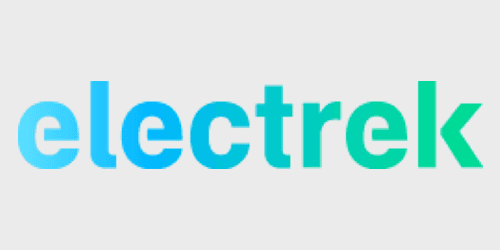
When Tesla first introduced the Supercharger network in 2012, it was to enable long-distance travel for Tesla owners through truly high-speed DC fast-charging. They managed a 120 kW charge rate while most other electric vehicles were capped at ~50 kW.
Tesla’s update to its Supercharger expansion announced today represents a shift in this strategy that could result in the most extensive charging infrastructure to date if executed correctly.
The language in their update shows a clear shift from primarily enabling long-distance travel to also facilitating urban travel or even owners without driveways or garages. They wrote:
“In addition, many sites will be built further off the highway to allow local Tesla drivers to charge quickly when needed, with the goal of making charging ubiquitous in urban centers.”
The vast majority of Supercharger stations were so far built along highways and popular routes, and while there were sometimes one or two stations within metro areas, Tesla is now clearly focusing on adding stations directly in cities.
A good example is New York City. Tesla never installed a Supercharger in Manhattan, one of the richest and most densely populated city on earth. Instead, it installed hundreds of lower-powered Destination chargers since the city is more of a destination, where you stop for longer periods of time.
Now they plan on adding three Supercharger stations in Manhattan and several more in other boroughs. Destination chargers on the left and upcoming Superchargers on the right:
The result is that even if there are no level 2 chargers in the parking garages, Tesla owners can still operate their vehicles more like gas-powered cars with Superchargers as gas stations.
When looking at Tesla’s new maps of planned Superchargers, you can easily find several more examples of metro areas getting significantly more Superchargers. Montreal, Toronto, Washington, Seattle, even Tesla’s already relatively well-covered home turf of San Francisco, are all good examples:
You can bet that Tesla has also been using data from Model 3 reservations in order to plan those new locations. Therefore, you can expect those regions to be more popular with Model 3 reservation holders.
The same pattern is less clear in Europe, but it’s important to note that those locations are planned for the end of 2017 while the Model 3 is not expected in Europe before 2018, which means there isn’t as much of a sense of urgency as there is in North America. We expect to see something similar when the maps for 2018 come out.
Hopefully, other automakers are looking at this for their own electric vehicle strategies. So far, Tesla is virtually alone as an automaker massively deploying its own charging infrastructure while other automakers rely on third-party networks.
But Tesla latest Supercharger plans eclipse anything done by those third-party networks so far. For example, Chargepoint said that it had only 371 DC fast-chargers in the US last year. Tesla will have more in Los Angeles’ metro area alone by the end of the year.
Some automakers, like Nissan and BMW, have been partnering with those third-party networks to deploy more chargers, but again, the numbers and charge rates are not yet comparable to Tesla’s. VW’s ‘nationwide 150 kW+ fast charging network’ for electric vehicles as part of Dieselgate settlement is the most encouraging EV infrastructure news we heard to date outside of Tesla, but it even then, it will only be 240 sites. Tesla already has over 380 stations in the US.
We expect that the automakers that have been heavily investing in future electric vehicle production, like Daimler, will soon have similar announcements about their own EV infrastructure.
In the meantime, it will be interesting to follow the deployment of the latest Superchargers, especially after that comment from Tesla:
“Tesla will continue to lead the industry with the fastest, most advanced charging technology in the world and continue to build the only cars capable of leveraging that power“
While other companies have announced 350 kW and even 400 kW power capacities, and Tesla’s current Superchargers have a max output of 150 kW, it’s important to note that vehicles need to be able to receive that kind of power, which isn’t the case yet.
Lucid with the Air and Porsche with the Mission E have announced ~350+ kW power capacity for fast-charging, but those vehicles are not planned for production until 2019. Therefore, Tesla still has some time before introducing the “version 3” of its Supercharger and staying true to that statement.
FTC: We use income earning auto affiliate links. More.









Comments